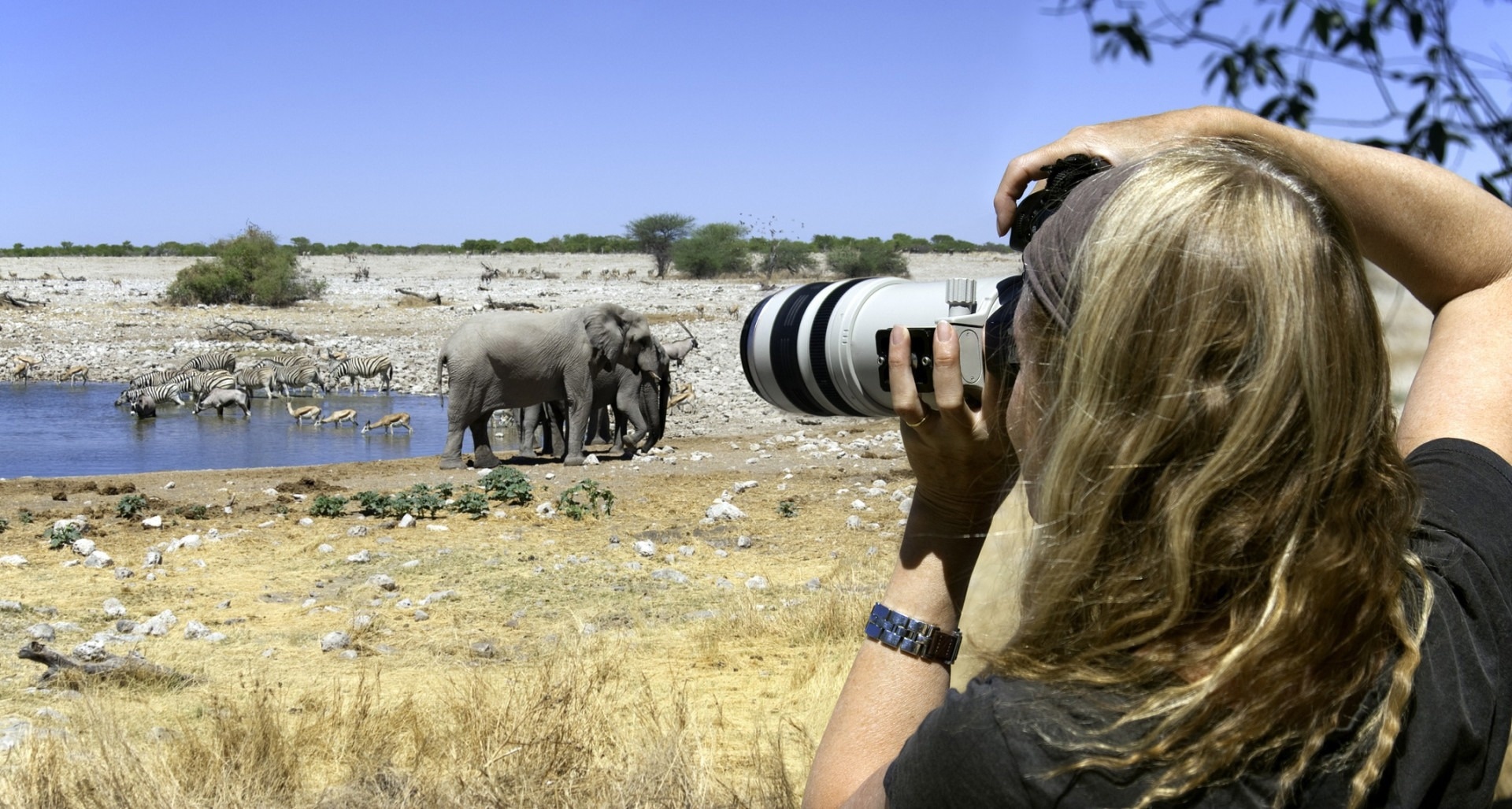According to one of the founders of the discipline, Imageomics, a burgeoning field of science, has made remarkable strides over the past year and stands at the precipice of significant breakthroughs in understanding life on Earth.
 Scientists are using machine learning to analyze photos of wildlife. Image Credit: Getty Images
Scientists are using machine learning to analyze photos of wildlife. Image Credit: Getty Images
At the American Association for the Advancement of Science’s annual meeting on February 17th, 2024, Tanya Berger-Wolf, Faculty Director of The Ohio State University’s Translational Data Analytics Institute, gave a presentation on the state of imageomics.
Berger-Wolf said in an interview before the meeting, “Imageomics is coming of age and is ready for its first major discoveries.”
The goal of the emerging multidisciplinary scientific field known as “imageomics” is to use machine learning techniques to decipher biological traits - specifically, the biology of organisms - from images.
In addition to camera traps, satellites, drones, and even vacation photos of animals like zebras and whales, Berger-Wolf, director of Ohio State’s Imageomics Institute, which is supported by the National Science Foundation, said that these images can originate from these sources.
Before the development of artificial intelligence and machine learning, scientists were unable to properly analyze and utilize the wealth of information contained in these images.
Berger-Wolf told AAAS that although the field is young - the Imageomics Institute was only established in 2021 - great things are happening.
The relationship between an animal’s phenotypes, or the observable characteristics that are visible in pictures, and its genome, or the DNA sequence that produces these traits, is one important field of research that is beginning to take shape.
Berger-Wolf says, “We are on the cusp of understanding the direct connections of observable phenotype to genotype.”
We could not do this without imageomics. It is pushing forward both artificial intelligence and biological science.”
Tanya Berger-Wolf, Faculty Director, The Ohio State University
Berger-Wolf gave the example of recent studies on butterflies to illustrate the progress imageomics is making. Berger-Wolf is researching mimics, or butterfly species that resemble another species in appearance, with colleagues. One motivation for mimicry is to resemble a species that predators, like birds, steer clear of due to their unappealing diet.
In these situations, butterflies recognize the differences between species, but neither humans nor birds are able to distinguish between them based solely on appearance. On the other hand, machine learning is capable of analyzing images and deciphering minute color variations or other characteristics that distinguish different species of butterflies.
Berger-Wolf says, “We can’t tell them apart because these butterflies didn’t evolve these traits for our benefit. They evolved to signal to their own species and to their predators. The signal is there – we just can’t see it. Machine learning can allow us to learn what those differences are.”
Furthermore, one can alter the butterfly images using the imageomics method to determine the extent to which the mimics must differ from the originals in order to deceive avian species. To find out which realistic images of butterflies real birds respond to, researchers intend to print realistic images of the butterflies with subtle differences.
This is a novel application of AI that has never been attempted before.
We’re not using AI to just recapitulate what we know. We are using AI to generate new scientific hypotheses that are actually testable. It is exciting.”
Tanya Berger-Wolf, Faculty Director, The Ohio State University
By using the imageomics method, researchers are able to link the subtle variations in butterfly appearance to the genes that cause those differences.
Berger-Wolf says, “There’s a lot we are going to be learning in the next few years that will push imageomics forward into new areas that we can only imagine now.”
Finding strategies to safeguard endangered species and their habitats is one of the main objectives of imageomics.
There’s a lot of good that will come from imageomics in the coming years. Berger-Wolf’s AAAS presentation, titled “Imageomics: Images as the Source of Information About Life” is part of the session “Imageomics: Powering Machine Learning for Understanding Biological Traits.”
Tanya Berger-Wolf, Faculty Director, The Ohio State University